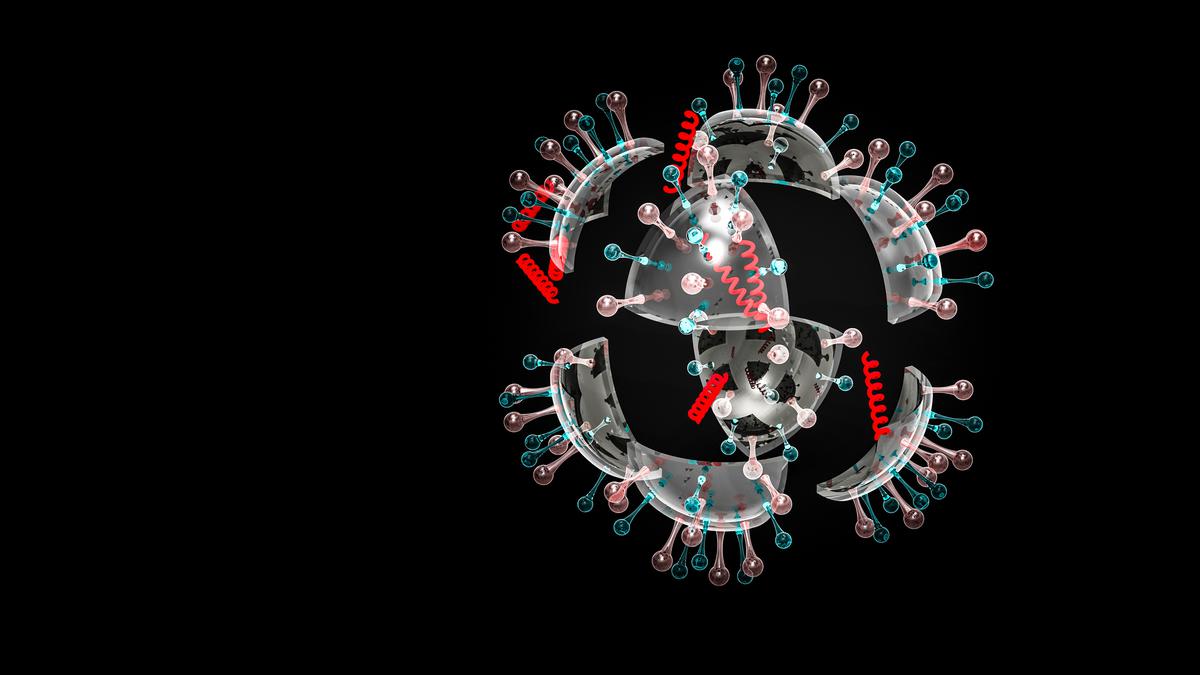
As JN.1 emerges as variant of interest, time to evaluate preparedness and effective testing and treatments
The Hindu
WHO classifies JN.1 as a separate variant of interest (VOI) with potential to affect virus characteristics & increase burden of respiratory infections. Vaccines expected to increase protection against JN.1. India detects 21 cases, all mild.
COVID-19 has appeared on the radar again, nearly a year and a half after the world relaxed and watched the progress of the virus from a distance. The identification of a sub variant - JN.1 - has sparked fresh interest in the epidemiological world, and has sounded the need for caution. The World Health Organisation, has decided, due to its rapid spread, to classify the variant JN.1 as a separate variant of interest (VOI) from the parent lineage BA.2.86. It was previously classified as VOI as part of BA.2.86 sublineages.
As per WHO’s updated definition of a VOI, it would be a SARS-CoV-2 variant with genetic changes that are predicted or known to affect virus characteristics such as transmissibility, virulence, antibody evasion, susceptibility to therapeutics and detectability. It has also been identified to have a growth advantage over other circulating variants in more than one WHO region with increasing relative prevalence alongside increasing number of cases over time, or other apparent epidemiological impacts to suggest an emerging risk to global public health.
The WHO also says that based on currently available evidence, the additional global public health risk posed by JN.1 is currently evaluated as low. Despite this, with the onset of winter in the Northern Hemisphere, JN.1 could increase the burden of respiratory infections in many countries. Nations would do well to prepare ahead for a possible cascade of respiratory infections, and treat them effectively, preventing severe disease and death.
The WHO added that it would continue to monitor the JN.1 variant and assess the situation, modifying advice as and when required. Maria Van Kerkhove, infectious disease epidemiologist who serves as the technical lead for COVID-19 response at the WHO, earlier explained that JN.1, a sublineage of the BA.2.86 series, is capable of the full spectrum, from asymptomatic disease to severe disease to death, similar to Omicron variants. Some countries have sounded the alert for people to wear masks in crowded and public areas, including Singapore and India. While it was first detected in the United States in September 2023, China detected seven infections of the particular sub-variant on December 15, as per a Reuters report.
The Centers for Disease Control in the US has been tracking this strain since August 2023. In a statement, the CDC said: “The continued growth of JN.1 suggests that it is either more transmissible or better at evading our immune systems. At this time, there is no evidence that JN.1 presents an increased risk to public health relative to other currently circulating variants.” They also added that there was no indication of increased severity from JN.1 at this time.
Significantly, the CDC said that updated COVID-19 vaccines are expected to increase protection against JN.1 as they do for the other variants. “As noted in previous updates, COVID-19 tests and treatments are expected to be effective against JN.1.
Cases in India











